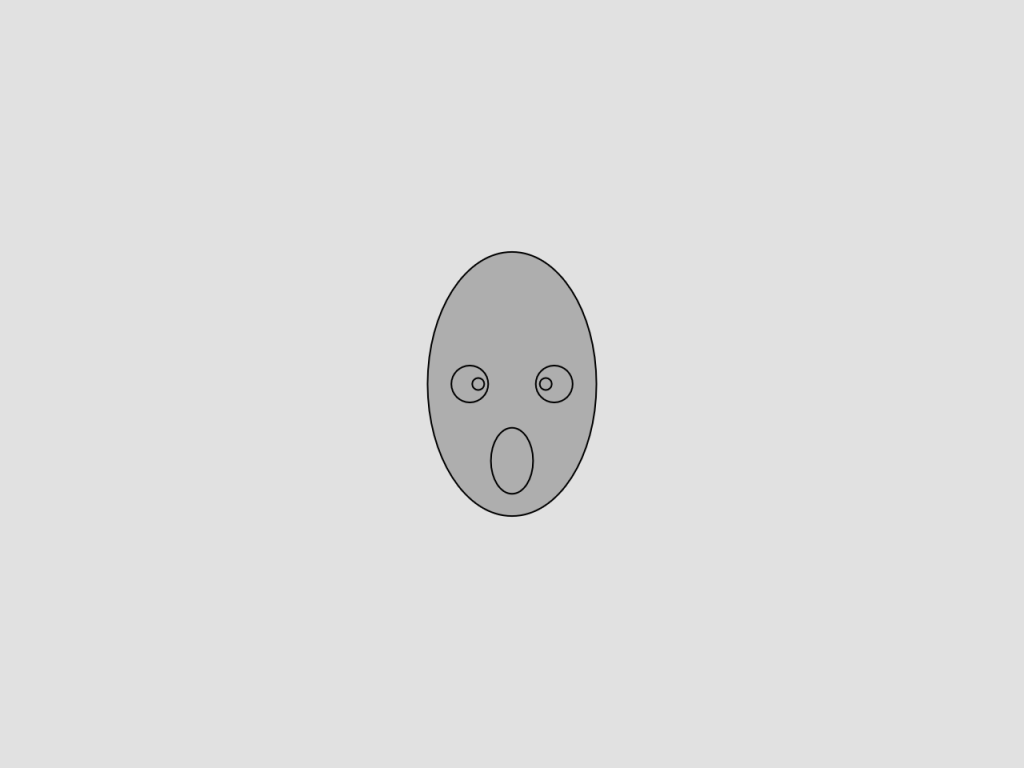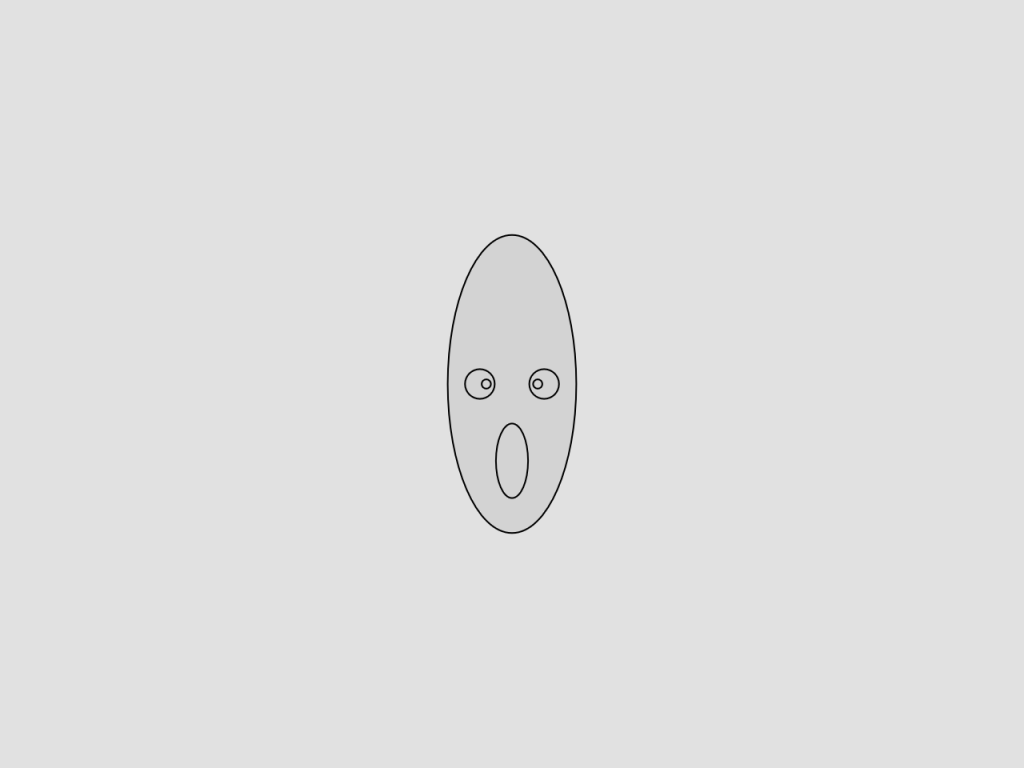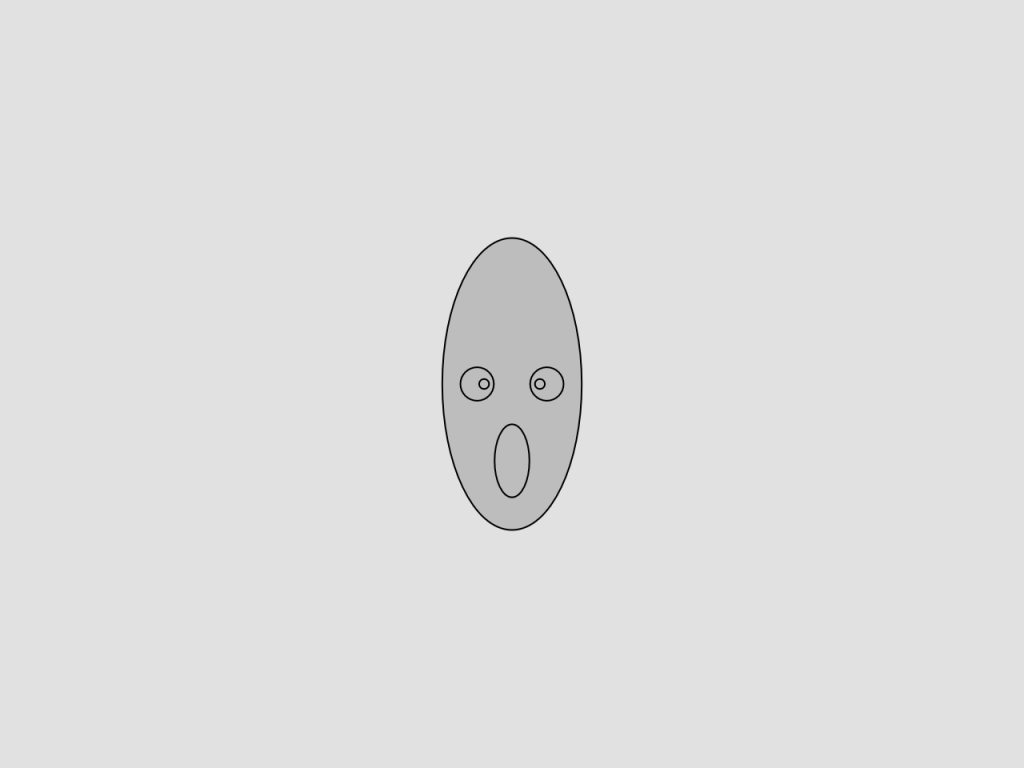The Atlas of Moons by National Geography is a mesmerizing set of all the moons currently present in our solar system (which I personally had no idea about). National Geographic is no stranger to beautiful images of the world around us. This visualization is a much-needed reminder of how lucky we are to be able to witness and live amongst something like this in our lifetime. According to National Geographic, our solar system hosts over 200 moons that we currently know of, including our own. The purpose of National Geographic is to broadcast nature and space as we currently know it, making it accessible to the average person. This visualization is scrollable, starting with background information to the various moons that exist in the solar system. Viewers can scroll through, compare, and get lost in space from their own homes.
Author: kailani
Looking Outwards: 05
I came across a project of a house model in Russia that looked really cool — looking at houses in general is really fun when you take out the burden of having to pay for it. This project on Behance, by Red Avenue Studio, is one of many by the company, which creates architectural visualizations. Their work consists of a lot of modern architecture, and its buildings are often very big and expansive. The software listed here consists of a lot of 3D rendering programs, along with Photoshop. I assume that their work consisted of less coding and relies heavily on using these programs to create models. I suppose there’s also an intial sketch that’s created, as well. Constructing a reality on a computer is such a cool aspect of today’s technology, as one can actually imagine themselves in a house or establishment long before the project is even completed in person. It also allows for more efficient changes that might be time-consuming when done on paper.
Looking Outwards: 04
AIVA is a software that aims to create AI-generated music. It gives its users the chance to select from a preset of tools or import their own inspiration in order to create a unique song or beat of their own. The creators aim for AIVA to be used as a supplement to other projects. Game developers, composers, and more can use AIVA to add an emotional supplement to the creative process. As someone who loves music, this project is especially interesting to me as I feel as if music is very key to the emotional experiences we find in other forms of entertainment. Many of these aspects intersect, creating a very personal experience for the consumer. What is different about AIVA, though, is that this experience can be created by an everyday person who might not be too versed on how to compose such music for themselves. This allows those who wish to experiment, and gives those who are using it for professional purposes to buy the copyright to the music that is created, which is something not usually seen in apps like these.
Looking Outwards: 03
Mingjing Lin’s parametric modeling in terms of fashion is fueled by her curiosity of the human body. Lin has created her own definitions of parametric thinking and design, which both pull inspirations from the human body: she refers to parametric thinking 2.0 to an “emphasis on the awareness of the human body,” where she creates parametric design in terms of it. Lin’s body-oriented parametric design is inspirational to me because it promotes inclusivity through an abnormal medium. The dynamic body, compared with the fluidity that is parametric modeling creates a new approach for fashion. As the industry is evolving to include body types that are beyond the standard, there is a greater need for more inclusive fashion. Through parametric modeling, fashion can be much more accessible to the masses.
Project 02: Variable Face
This one was a struggle, not gonna lie, so I chose to make this one simpler: cross-eyed monochrome faces.



// Kailani Small
// Section A
// cross-eyed monochrome faces
var eyeSize;
var pupilSize;
var faceWidth;
var faceHeight;
var r;
var g;
var b;
function setup() {
createCanvas(640, 480);
background(225);
}
function draw() {
background(225);
// face shape
ellipse(width / 2, height / 2, faceWidth, faceHeight);
// eyes
var lefteye = width / 2 - faceWidth * 0.25;
var righteye = width / 2 + faceWidth * 0.25;
ellipse(lefteye, height / 2, eyeSize, eyeSize);
ellipse(righteye, height / 2, eyeSize, eyeSize);
var leftpupil = width / 2 - faceWidth * 0.2;
var rightpupil = width / 2 + faceWidth * 0.2;
ellipse(leftpupil, height / 2, pupilSize, pupilSize);
ellipse(rightpupil, height / 2, pupilSize, pupilSize);
// mouth
ellipse(width / 2, height * .6, faceWidth * 0.25, faceHeight * 0.25);}
function mousePressed() {
// when the user clicks, these variables are reassigned
// to random values within specified ranges
faceWidth = random(75, 150);
faceHeight = random(100, 200);
eyeSize = random(10, 30);
faceColor = fill(random(140, 255));
pupilSize = random(5, 8);
}
Looking Outwards: 02
Panoramical, a generative video game created by Fernando Ramallo and David Kanaga responds to the player’s movements to create an audiovisual experience that combines the worlds of both music and art. The game’s psychedelic experience gives nods to virtual reality and is mostly used now by DJ’s at music sets. Not only is this video game visually beautiful, but it is admirable for the endless mediums it can be used for. Music is often a personal experience for the consumer, so Panoramical pairs well with concerts, studying, virtual and augmented reality, or even something to just play around and get mesmerized in. It’s assumed that the algorithm relies on user touch interface to randomly generate different patterns for the visual element, and different rhythms and beats for the musical element. Ramallo wants the heart of the experience to be the multiple sensory abilities that can be created within the game. One can get absolutely lost in this interface, and a very personal element arises as the user creates an experience tailored for themselves, by themselves.
Looking Outwards: 01
Recently, I’ve been interested in photogrammetry, most notably 3D rendering and editing. I’ve gotten a chance to work with photogrammetry in the past, though I’ve been fascinated in implementing these 3D models into graphic design. Lucas Milner, who runs a blog under his name: (lucasmilner.com/180523blog), documents his 3D modeling projects and I’ve found his work mesmerizing. Photogrammetry is used as a quick modeling creation tool, so Milner didn’t spend too much time on this project. Photogrammetry works by taking pictures of an object and scanning them through a software. What one does next with this render is up to the artist. Metashape is a popular program to create these models. Milner used his 3D model in order to create an entirely different shoe design; seemingly inspired by the many elaborate shoe advertisements that we’re often exposed to. This project is a clear example of taking something simple and creating an original, repurposed work out of it. One can use a simple object to create something entirely new and inspirational for their broader audience. This is exactly how art is created: an artist always has an inspiration, and with that they can implement their own vision into the mediums they see fit. Discovering art from other artists is what has fueled my own passion for creating, and I hope to be that inspiration for someone else, as well.
![[OLD SEMESTER] 15-104 • Introduction to Computing for Creative Practice](../../wp-content/uploads/2023/09/stop-banner.png)